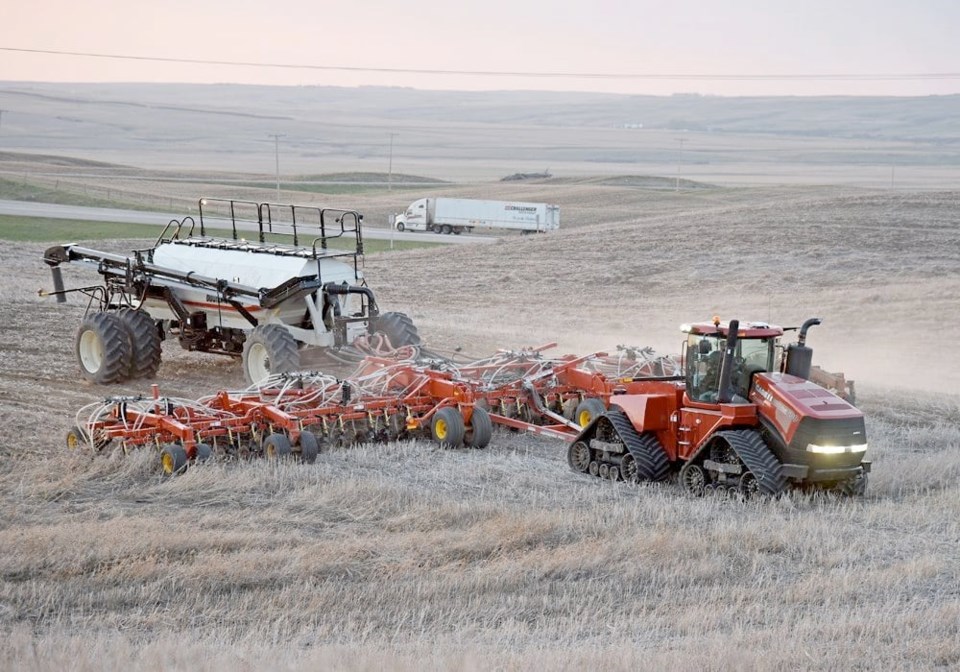WESTERN PRODUCER — Todd Hultman has no explanation for why Minneapolis spring wheat futures prices are not responding to the potential for a late start to seeding in the United States.
A huge snowpack, cooler than normal temperatures and potential for flooding in eastern North Dakota and northwestern Minnesota have many believing farmers will be delayed getting into their fields.
U.S. growers indicate they will be planting the smallest spring wheat crop in 50 years at 10.6 million acres. It would be a big deal if that number was slashed even further.
Yet Minneapolis wheat futures prices have been trending down since the end of March.
“Oftentimes you have to hit traders between the eyes before they’ll respond to something that we know in the country,” DTN’s lead analyst said during a recent webinar.
Just last year, there were all sorts of reports about drought and hot temperatures in the western corn belt, but traders refused to respond until the U.S. Department of Agriculture officially dropped corn and soybean yields in a report.
In 2019, traders refused to budge in April and May despite numerous reports of seeding problems caused by a wet spring.
“Every week that went by we thought, when are they going to start responding to this?” said Hultman.
“A lot of people believe in efficient markets. I’m not one of them.”
He said markets are looking for some sort of signal — maybe a crop progress report that shows how delayed planting is this year or perhaps pictures on Twitter of extensive flooding as the snow melts?
“It’s going to take something to hit them between the eyes, and at this time I just don’t know exactly what that is,” he said.
Jim Peterson, policy and marketing director with the North Dakota Wheat Commission, agrees that the potential for seeding delays warrants more market attention.
One reason it might not be raising eyebrows is recent history. A year ago, there was a monster snowstorm in the U.S. spring wheat-growing region in mid-April, followed by persistent May rains.
“But lo and behold, the crop still got planted,” he said.
“We lucked out.”
Peterson agreed with Hultman that the wheat market doesn’t react the way it once did to things like seeding challenges.
He thinks it gets too focused on current “mega-drivers” such as interest rates and bank failures and doesn’t pay enough attention to deferred issues “until the fire is there.”
Peterson believes the market will respond if it is still cold and soggy by the start of May. The cutoff for planting spring wheat is typically around May 10 in southern North Dakota and Â鶹´«Ã½AV Dakota and June 5 in northern North Dakota.
In the meantime, hard red winter wheat stocks are tight, and the new crop is in trouble. Half of Kansas is experiencing “extreme drought” and 61 percent of the crop is rated very poor or poor.
Peterson believes that should also be pushing spring wheat values higher because it is probably too late for a “good chunk” of the winter wheat crop to be revived by spring rain.
One recent factor that pushed spring wheat values even lower was the USDA’s latest World Agricultural Supply and Demand Estimates report.
The department found an extra 31 million bushels of old-crop spring wheat and is now forecasting 151 million bushels of carryover, which is about the same as last year.
Contact [email protected]




